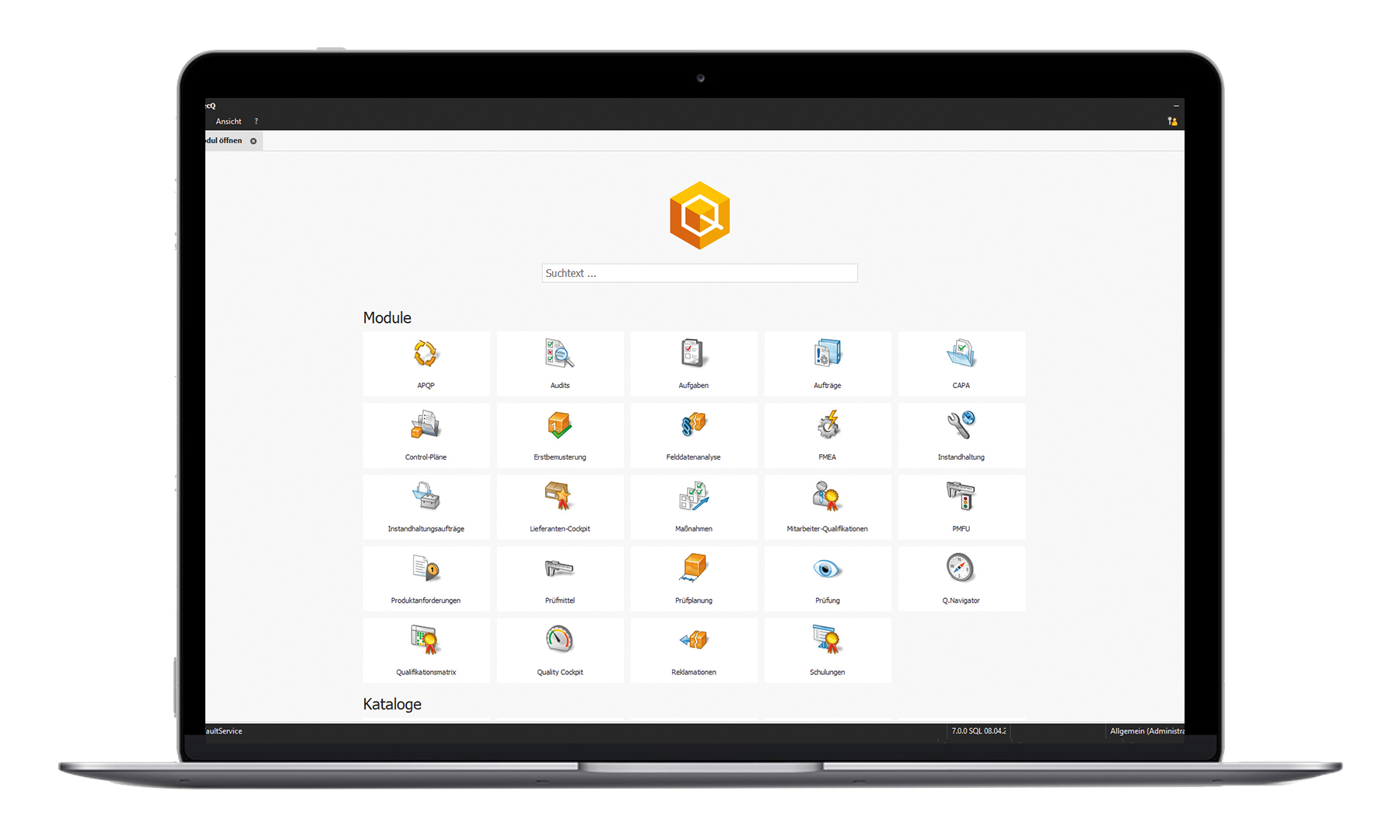Of course, you can also reach us via e-mail or our contact form. We will get in touch with you as soon as possible.
Document control ensures that documents and processes, and therefore quality management as such, are effective. It is a prerequisite for compliance with ISO 9001. Document control ensures that relevant information is always available, changes are traceable and outdated documents are archived. As a central component of the quality management system, the targeted control of documents increases transparency. Read everything you need to know about document control in this article:
Document control is a process for steering documents in organizations such as companies. Its definition is particularly relevant for management systems such as the quality management system. The corresponding ISO 9001 standard refers to the "control of documented information".
Many companies use a document management solution to manage documents. In addition to the central storage of documents, this often includes functions such as folder structures or keywords that make documents easier to find. A rights system can ensure that users can open or edit exactly the documents that are intended for them. Versioning and archiving of previous versions is also possible.
The term document control, on the other hand, is more narrowly defined. It describes the above-mentioned process within the framework of management systems. In order to meet the requirements for document control in accordance with ISO 9001 beyond pure document management, it is helpful, for example, to organize review and approval procedures with the help of workflows and to track effectiveness through read confirmations.
By making controlled documents visible to everyone involved within the company, document control supports documented processes in quality management (and beyond, if required). In this way, it also increases the effectiveness of the management system. It ensures that controlled documents are always available in their respective valid version and are also observed, thus reducing the likelihood of errors.
ISO 9001 is the best-known and most frequently implemented management system standard worldwide and regulates the requirements for quality management systems. While the previous version from 2008 differentiated between specification and verification documents, the current version of ISO 9001 from 2015 generally requires the "control of documented information". This includes the availability and protection of documented information, e.g. against loss or improper use.
The document control process deals with controlled documents over their entire life cycle. It therefore includes, for example
In addition to review and approval, the identification and description as well as the format and media of documented information must also be appropriate. In quality management, "documented information" is initially understood as "information that must be controlled and maintained by an organization" (see ISO 9000). This includes both information that is required by ISO 9001 itself and information that the organization (e.g. the company) considers necessary for the effectiveness of the management system.
Just like the exact organizational form for the control of documents, ISO 9001 does not explicitly specify the external form in which documents are controlled in quality management. However, the organization must ensure that the identification and description of documents, their format and media as well as their review and approval are appropriate.
However, document control is not necessarily limited to quality management documents or compliance with ISO 9001: management systems for topics such as environmental protection, information security or occupational safety can also be supported by document control, as can topics for which no certifiable management system exists. This is particularly useful when setting up an Integrated Management System that combines the requirements of different areas and transfers them into a uniform management system.
After all, resources such as company processes can only be effective if they are not only documented, but the documented information is also available and taken into account. This makes document control a central tool of corporate management. Going far beyond the normative requirements of ISO 9001, the document control process helps to better master the challenges of the present and the future.
ISO 9001 does not explicitly regulate whether documents are managed electronically or on paper, for example. However, a digital solution specializing in document control offers numerous advantages. In addition to conformity with the aforementioned standards and easier retrievability of documents, compliance and efficiency are the main benefits: said processes in the lifecycle of controlled documents can be mapped much faster, more easily and with fewer errors than with a paper-based solution or traditional file storage, for example.
One key reason for this is the elimination of media disruptions: Because the entire document control process takes place at a central location, there is no need to send documents back and forth (e.g. by email) and note down approvals or similar information separately. As there is only one valid version, errors are reliably avoided.

With the integrated document control, the BabtecQ QM solution offers a comprehensive tool for controlling standard and other documents. Integration with other modules allows you to link your documents to processes or requirements, for example, for effective quality management.
Comprehensive understanding and transparency thanks to the Production Part Approval Process (PPAP) in the automotive industry: right from the start of series production, the process must be carried out by every supplier across the entire supply chain. ... continue reading
The quality of the products offered has a considerable influence on the competitiveness of a company. Errors in production are often difficult to trace in retrospect and can result in high costs due to lost working time and wasted materials. Statistical process control (SPC) provides a remedy. ... continue reading
Even before series production, every supplier must prove that the production process and the product meet all requirements. A suitable procedure for this is the production process and product approval (German: "Produktionsprozess- und Produktfreigabe", or: PPF). ... continue reading
No Comments